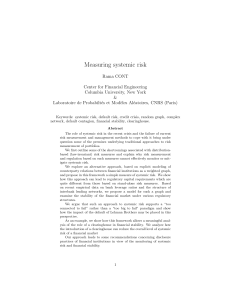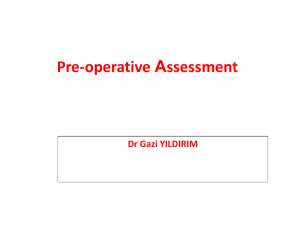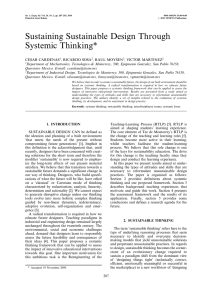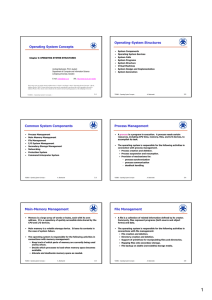patient status codes – large animal
advertisement
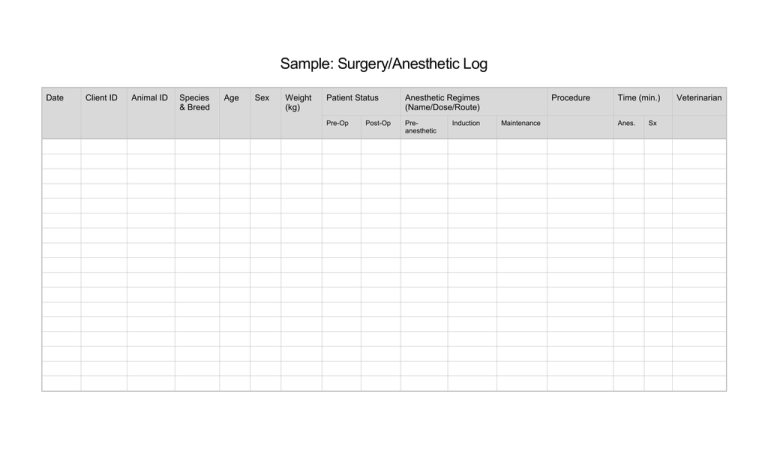
Sample: Surgery/Anesthetic Log Date Client ID Animal ID Species & Breed Age Sex Weight (kg) Patient Status Anesthetic Regimes (Name/Dose/Route) Pre-Op Preanesthetic Post-Op Induction Procedure Maintenance Time (min.) Anes. Sx Veterinarian PATIENT STATUS CODES – LARGE ANIMAL PRE-OP (ASA) STATUS 1. 2. 3. 4. 5. Normal healthy patient Patient with mild systemic disease Patient with severe systemic disease Patient with severe systemic disease that is a constant threat to life Moribund patient who is not expected to survive without the operation E. Emergency surgery: An emergency is defined as existing when delay in treatment of the patient would lead to a significant increase in the threat to life or body part. POST-OP STATUS 1. 2. 3. 4. 5. 1-2 attempts to stand several attempts to stand fought with a chance of injury injury, arrest with resuscitation fracture with euthanasia; arrest – unable to resuscitate PATIENT STATUS CODES – SMALL ANIMAL PRE-OP (ASA) STATUS 1. 2. 3. 4. 5. Normal healthy patient Patient with mild systemic disease Patient with severe systemic disease Patient with severe systemic disease that is a constant threat to life Moribund patient who is not expected to survive without the operation E. Emergency surgery: An emergency is defined as existing when delay in treatment of the patient would lead to a significant increase in the threat to life or body part. POST-OP STATUS 1. 2. 3. 4. 5. Normal recovery Minor pain/excitement/O2 supplementation needed (all need not apply) Major pain/excitement/airway complication (all need not apply) arrest – successful resuscitation arrest – unsuccessful resuscitation Sources: American Society of Anesthesiologists. ASA Physical Status Classification System. Available at http://www.asahq.org/resources/clinical-information/asa-physical-status-classification-system. Accessed July 15, 2015. Bednarski R, Grimm K, Harvey R, Lukasik VM, Penn WS, Sargent B, Spelts K. AAHA Anesthesia Guidelines for Dogs and Cats. J Am Anim Hosp Assoc 2011;47(6):377-385.



